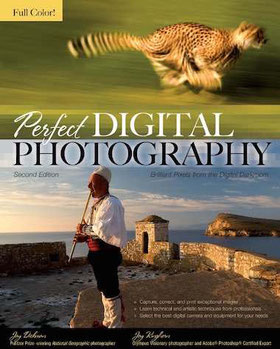How to Take Epic Sunrise Photos with a Zoom Lens
Taking a beautiful sunrise picture might seem simple: just point your camera or mobile at the sun as it creeps over the horizon and you’re good to go. While this can certainly result in an interesting image, you can take sunrise pictures to a whole new level with a zoom lens and a bit of camera knowledge. If you have a lens with a longer focal length that goes to 200 or 300mm, you can get some epic sunrise pictures with a zoom that showcase the majesty of nature in the morning.

200mm, f/11, 1/500 second, ISO 100
Seek the sun
Before you can take a good sunrise picture, you need to do a bit of planning, so you know when the sun is going to come up. It also helps to know where to look so you’re ready when the moment hits. A quick internet search with your location and the words “sunrise time” will help you know what time to take pictures. As far as where to look, that’s up to you.Of course, the sun always rises in the east, but it’s necessary to know exactly where it will come up relative to your specific location and time of year. To get the best results, you want to snap your pictures right as the sun appears on the horizon. If buildings obstruct your view, you’re going to need to find a location that offers an unobstructed view in the right direction.
To show how precise this process is, look at the picture below. I shot it as the sun was coming up, but the result is boring, bland, and entirely unremarkable.

200mm, f/6.7, 1/500 second, ISO 800
This was shot precisely one minute and 48 seconds before the picture at the top of this article. Why is it so boring? The answer is a simple truth of the business world: location, location, location. While I looked east for the sun, I didn’t realize it had already crested the horizon behind a grove of trees. I was able to take a vastly improved picture just by repositioning myself 100 meters from this point.
When you go out to take sunrise photos, make sure you can actually find the sun!
Expose for the sun
Nailing the exposure on a sunrise picture is quite tricky. Imagine taking a picture of a flashlight in a dimly-lit room. You’ll end up with one of two results:- The room will be properly exposed while the flashlight is super bright.
- The flashlight will be properly exposed while the rest of the room will be entirely dark.

200mm, f/8, 1/30 second, ISO 280. Aside from being hidden behind the trees, this is also a poor
shot because the sky and sun are just too bright. The foreground is fine, but all the color detail in
the sky is mostly gone.
Since RAW files capture much more picture data than JPEG files, you can fix many issues in Lightroom, Photoshop, Luminar, and other editing applications. The trick is to make sure you don’t lose any data to clipping, which happens when bright things are so bright that it doesn’t record data. The same can happen with dark areas too, but it’s usually not as much of a problem.

200mm, f/8, 1/1000 second, ISO 280. Exposing for the sun gave me a lot more wiggle room to
fix the darker areas of the picture in Lightroom.
Regardless of how you meter the scene and set your exposure, the end result is the same. In your resulting image, you want the sun to be visible and not too bright. This means the foreground will be dark, but remember that you can recover everything you need when you process the RAW file.
Use a small aperture
If you have a high-end zoom lens like a 70-200 f/2.8 or a 300mm f/4, you might be tempted to shoot sunrise pictures with the largest possible aperture. Blurry foregrounds and backgrounds are great, right? So why wouldn’t you shoot wide open?Contrary to what you might think, smaller apertures are better when taking sunrise photos. First, it helps make sure your entire picture is sharp. Bokeh is great on portraits but not so desirable on most landscapes. A blurry foreground (thanks to a wide aperture) can distract the viewer and leave the scene feeling kind of mushy as a result.

200mm, f/11, 1/250 second, ISO 100
Use a fast shutter speed
The sun moves fast – really fast. Or, rather, the earth spins fast. That’s what is actually happening when you see the sun come up. And just like any time you want to capture motion, you need to use a shutter speed that’s up to the task. Slower values like 1/30th and 1/60th will not only make exposure tricky, but result in a blurry sun as it speeds upwards on the horizon.
200mm, f/2.8, 1/4000th of a second, ISO 100. I broke my own rule about small apertures here,
specifically because I wanted the vehicle in the foreground to be out of focus. The trade-off for
such a wide aperture was a very fast shutter speed.
specifically because I wanted the vehicle in the foreground to be out of focus. The trade-off for
such a wide aperture was a very fast shutter speed.
One nice thing about this is it means you don’t need to use a tripod. So that means one less thing for you to bring with you to your sunrise photo shoots. Handheld will work fine, even when zoomed all the way in. That’s because you should have a shutter speed that will compensate for any motion blur due to camera shake.
Be patient, but act fast
Once you have the technical aspects figured out, and you know where you want to position yourself to capture a sunrise, the final piece off the puzzle is patience. I recommend arriving early so you can make sure everything is situated properly. Bring some music or a podcast because you might be waiting a little while. However, it’s better to arrive early than scramble at the last minute.
190mm, f/2.8, 1/180th of a second, ISO 250. The sun wasn’t up yet, but I really liked the rich purple
and blue colors of the sky – an added bonus of arriving early and waiting. Note the large aperture.
It was required to let plenty of light in since there just wasn’t much light available.
and blue colors of the sky – an added bonus of arriving early and waiting. Note the large aperture.
It was required to let plenty of light in since there just wasn’t much light available.

200mm, f/8, 1/1000th of a second, ISO 100. The sun isn’t in this picture but you can clearly see
the morning light on the clouds. I liked the silhouette of the tower against the glowing morning sky too.
You can’t get this shot with a mobile phone!
the morning light on the clouds. I liked the silhouette of the tower against the glowing morning sky too.
You can’t get this shot with a mobile phone!
 Aske Holst
Aske Holst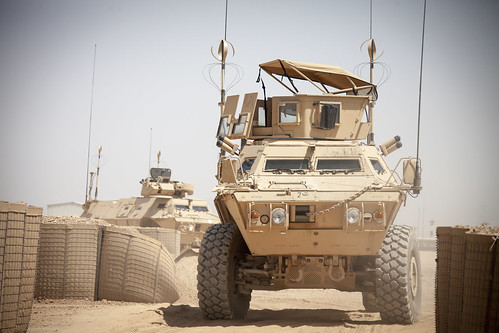
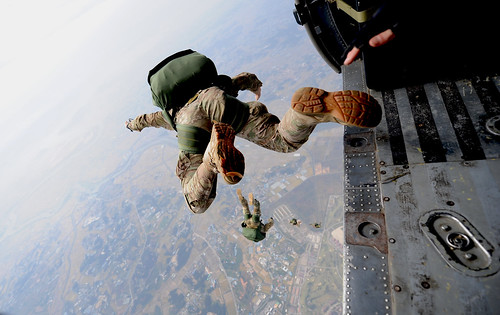 DVIDSHUB
DVIDSHUB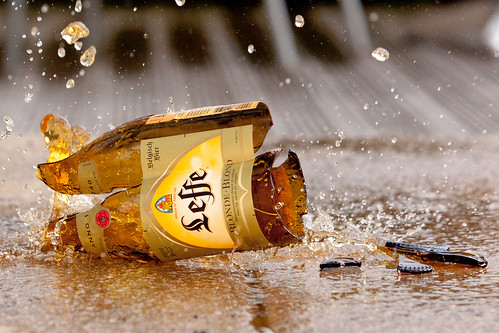 SkyFireXII
SkyFireXII DVIDSHUB
DVIDSHUB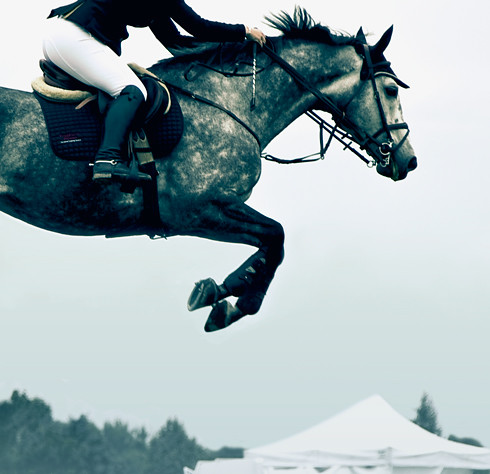 cpboingo
cpboingo






























